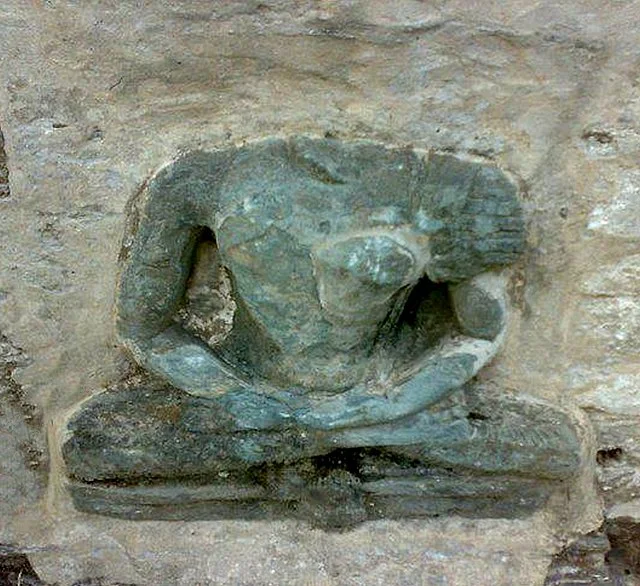The Butkara Stupa is an important Buddhist monument located in Pakistan. It lies near the city of Saidu Sharif in the Swat Valley. Scholars date its construction to the 2nd century BC, during the reign of the Mauryan Empire. The stupa serves as a key site for understanding early Buddhist architecture and art.
Get your dose of History via Email
Historical Significance
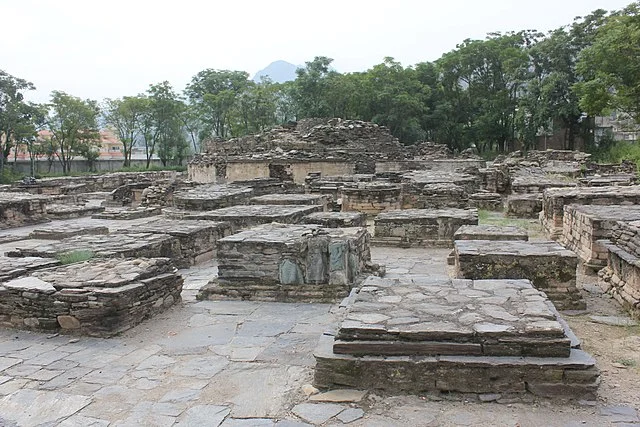
The Butkara Stupa holds great historical importance. It is one of the earliest stupas built in the region. Its construction reflects the spread of Buddhism beyond India. This monument demonstrates how Buddhism influenced local culture and architecture.
Archaeological evidence suggests that the site was a significant pilgrimage destination. Many devotees traveled to Butkara to pay homage. The stupa was likely an important center for Buddhist teachings.
Architecture
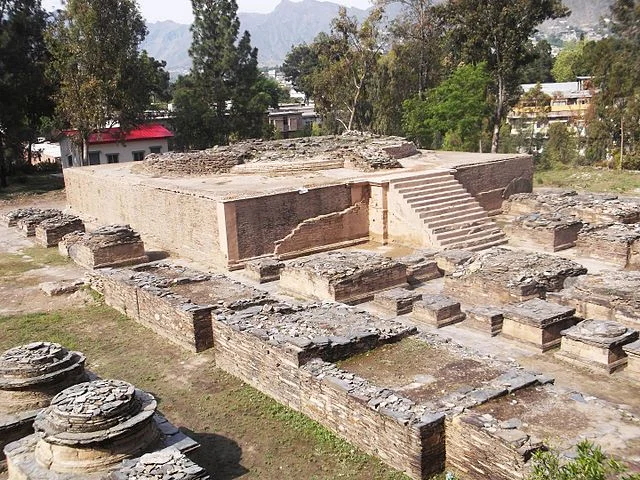
The Butkara Stupa features a large hemispherical dome. This dome symbolizes the universe in Buddhist cosmology. Surrounding the stupa, you find a square platform. This platform is decorated with stone carvings, depicting various Buddhist symbols.
The structure originally reached a height of approximately 16 meters. Today, erosion and time have reduced its size. However, it remains an impressive example of early Buddhist architecture.
Excavations and Discoveries
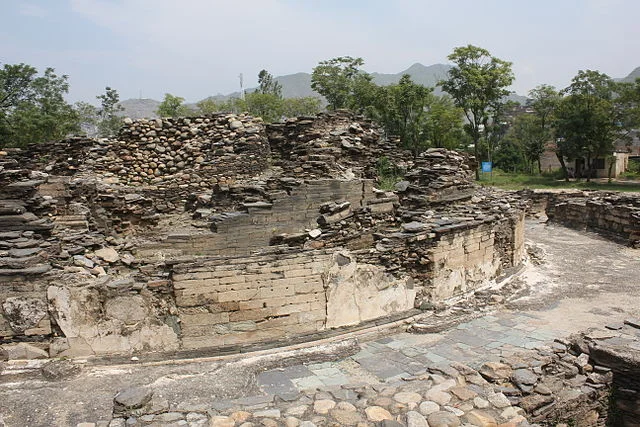
Archaeologists began excavating the Butkara Stupa in the early 20th century. Major excavations took place between 1956 and 1963. These excavations uncovered numerous artifacts, including sculptures, pottery, and inscriptions.
The findings indicate a vibrant Buddhist community in the region. The sculptures feature intricate designs and depict scenes from the life of the Buddha. Many artifacts date back to the 1st century AD, highlighting the stupa’s continued significance over time.
Cultural Influence
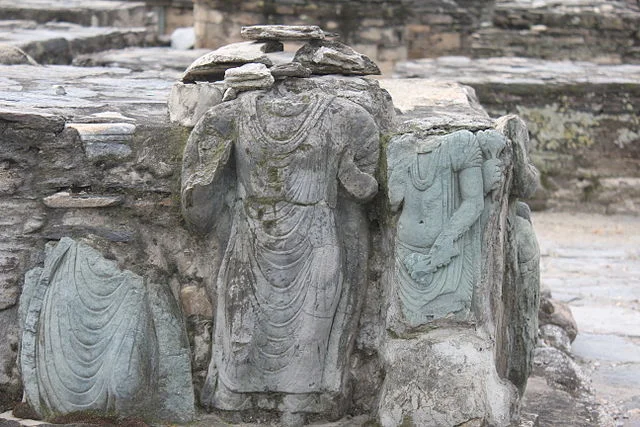
The Butkara Stupa’s design influenced other Buddhist structures in the region. Similar architectural features can be seen in stupas built later in Gandhara. This architectural style reflects the synthesis of local and foreign influences.
The stupa also serves as a symbol of the rich cultural heritage of Swat Valley. It illustrates the region’s historical role as a center for Buddhist scholarship and practice.
Preservation Efforts

Today, the Butkara Stupa faces threats from natural erosion and human activity. Preservation efforts are crucial for maintaining the site’s integrity. Local and international organizations work to protect and restore the stupa.
Recent initiatives focus on documenting the site and its artifacts. Archaeologists and historians collaborate to raise awareness about its significance. Educational programs aim to engage the local community in preservation efforts.
Conclusion
The Butkara Stupa is a vital part of Pakistan’s cultural and historical landscape. Its architectural features and archaeological findings provide insight into early Buddhism. The stupa serves as a reminder of the region’s rich heritage. Continued efforts to preserve and study this site are essential for future generations.
Source:

